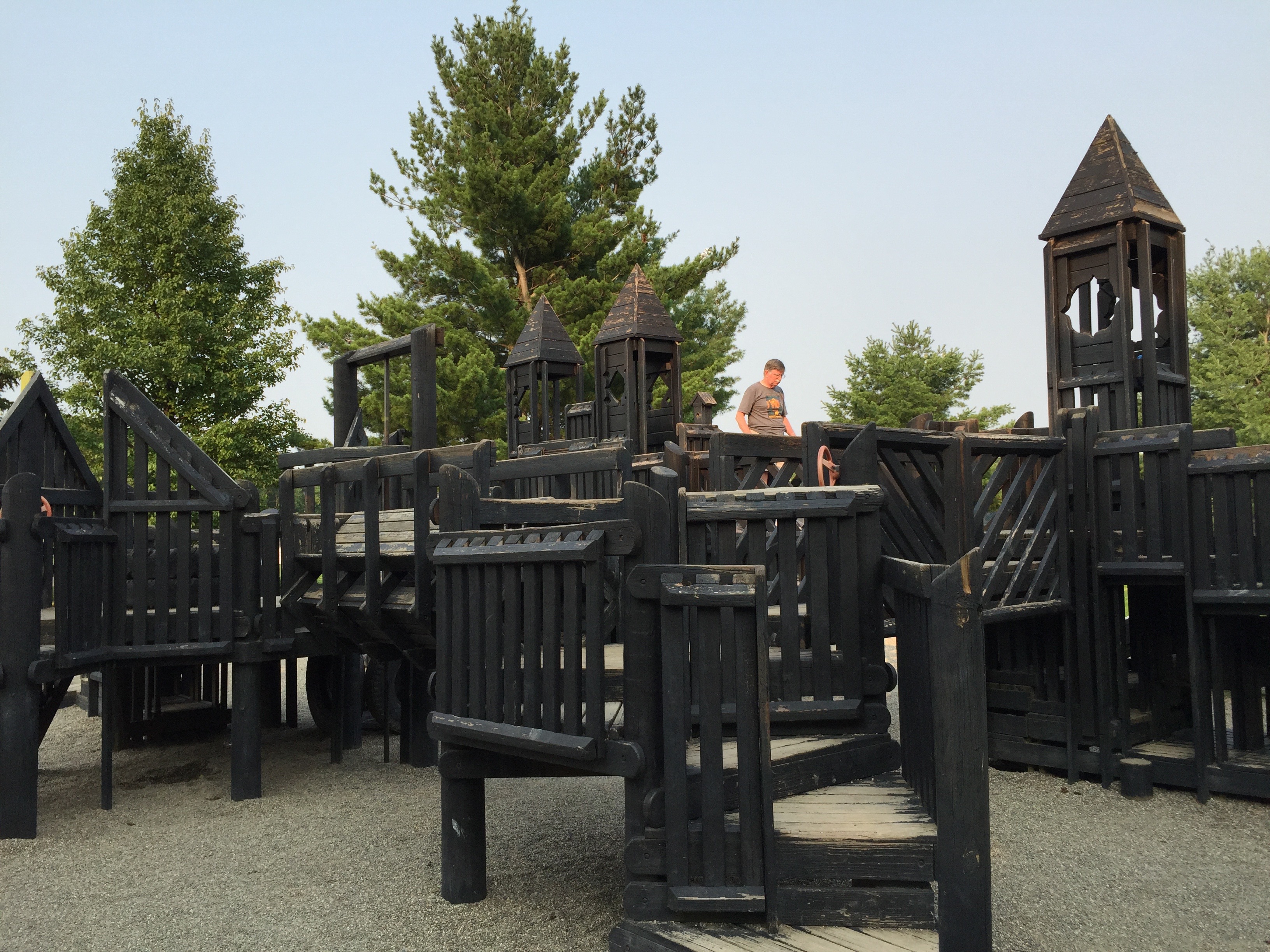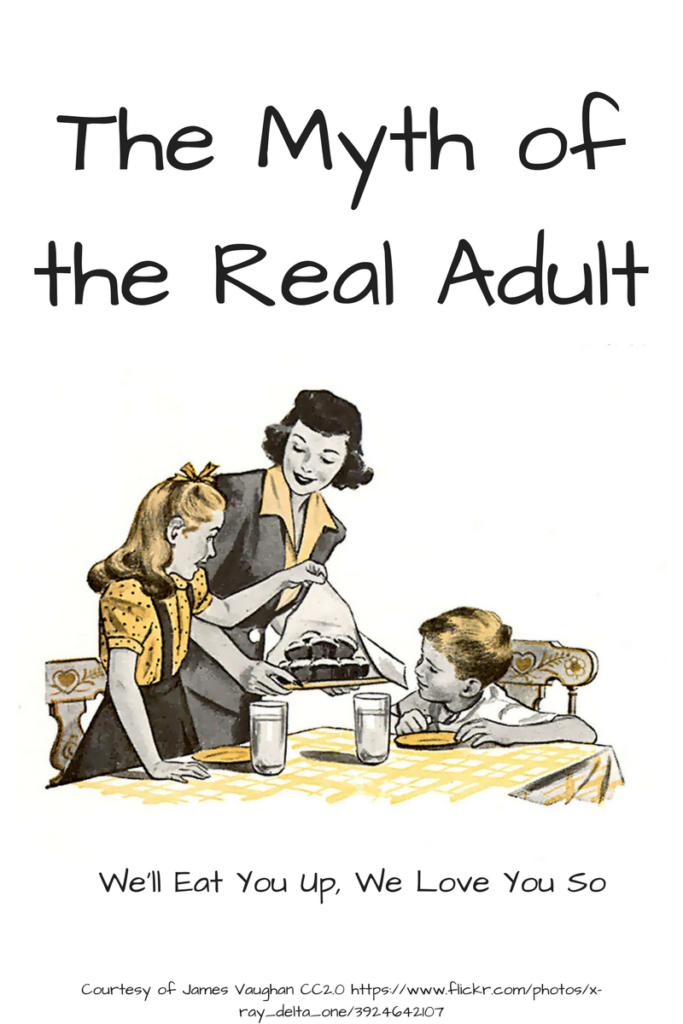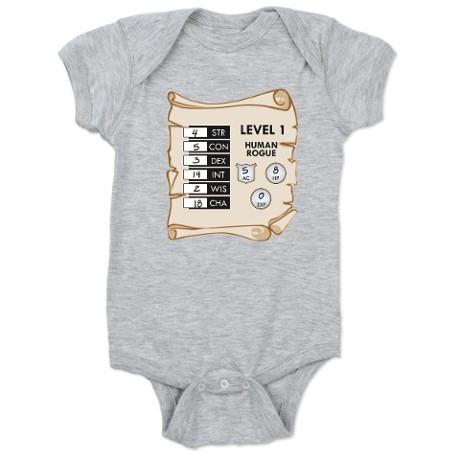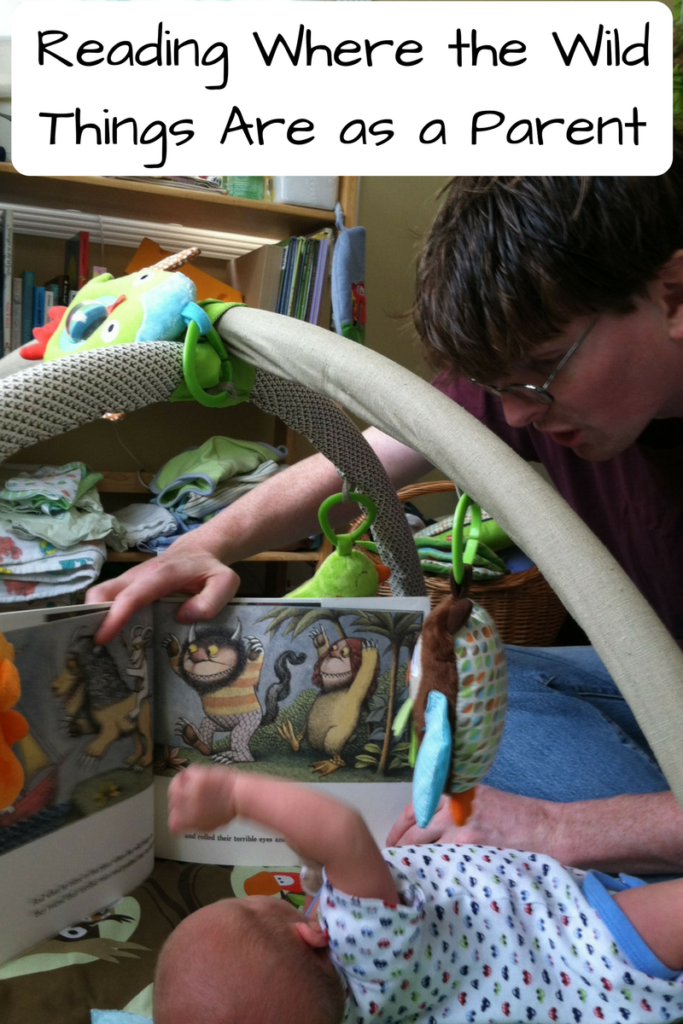I am now solidly in my 30s*. At 32, I was only a couple of years removed from 30, arguably not so old. Although I was the mother of a small child, motherhood still felt terribly new in so many ways. Now I’m the mother of a kid who will be going to preschool in the fall, with another on the way. While Sprout regularly baffles me, I’m still more confident in my own skills than I was a year ago. I have a suburban house, a Prius that is now paid off (woohoo!), listen to NPR on a regular basis (Snap Judgment is sooo good), and read books about cleaning, for goodness sake. I’m practically a walking cliche. And yet, I don’t feel like I’ve sold my soul. In contrast, I think I’m closer to the person I want to be than ever.
 Last year, I talked about how I had been able to be open and honest in what would have previously been stressful social situations. This year, even the nagging doubts have faded. On the few occasions I’m hanging out with adults and not literally chasing a toddler, I don’t have energy to waste on being anxious. I’m just relieved for a chance to talk to my friends.
Last year, I talked about how I had been able to be open and honest in what would have previously been stressful social situations. This year, even the nagging doubts have faded. On the few occasions I’m hanging out with adults and not literally chasing a toddler, I don’t have energy to waste on being anxious. I’m just relieved for a chance to talk to my friends.
For example, I went to a Hygge party at my friends’ house on Saturday, which is supposed to evoke the Scandanavian feeling of “coziness” and spending time with friends around a fire. While the candles and thick hot chocolate helped, I just felt so safe. Even though I never imagined that I would tell the story of pumping milk on the second floor of a convention center to anyone at all, much less my male friends, I was recounting it without a care. (Previously, the idea of telling any story involving my breasts was horrifying, much less one involving machinery.)
Even my parenting, which I was so sensitive about people judging in the past, has become more low-stress. Perhaps it’s because everyone knows toddlers can be a pain or I’ve tolerated my fair share of tantrums lately (even in public!), but what other people think just doesn’t weigh on me like it used to.
My self-acceptance is only part of my new-found contentment. Another part is that I’m realizing I now have a lot of the things I always wanted. I always wanted to be married and have kids. While everyone is influenced by societal pressure, I also love both of those aspects of life. In terms of my career, my general position is about as close as you can get to a childhood dream. When I was in third grade, I wanted to be a marine biologist studying whales in the summer and a famous novelist in the winter. While my plan lacked a fundamental grasp of how careers worked, science communicator is pretty damn close. And of course, I always wanted to help people. While frustration and occasionally despair sets in when I contemplate how much needs to be done and how little each of us can do, I do know that my paid and volunteer work does “make a difference.”
Looking over the basics of my life, I’m coming to realize that my frustrations aren’t because of foundational problems, unlike some people. I don’t want to throw everything out and start over. Instead, the places that make me wring my hands are issues where I need to tweak things or find a better balance. That’s a hell of lot better than needing to start from scratch.
The visioning work I did earlier in the year helped me gain this perspective. While nothing is fundamentally wrong, I was starting to feel stagnant. Entering my thirties, I was just going along without a lot of thought to plans that wouldn’t pay off for years. We were busy enough with the huge changes involved in buying a house and having a child, not to mention all of the daily tasks in-between, for me to be strategic about the vision for my career or other life goals.
But just planning for the year shook something loose. From bucket lists to visioning documents, I keep coming across tools and prompts to give me momentum. Seeing a path forward is so much more encouraging than feeling trapped. While my to-do list remains a constant – especially getting ready for the baby – it’s now always in service of larger dreams. Keeping the context for all of the things I “need to do” in the front of my mind is much more motivating and less exhausting than doing them for the sake of it.
While I don’t know what the following year is going to bring, I feel more grounded than I have in a long time, perhaps ever. It’s a good place to be.
*This sentence originally said, “I am in my mid-30s.” When I mentioned it to Chris, he protested, “No, mid 30s is 34, 35, 36. You have at least one more year.” Then he paused and added, “Because if you have one more year, then I have one more year.” Indeed.







